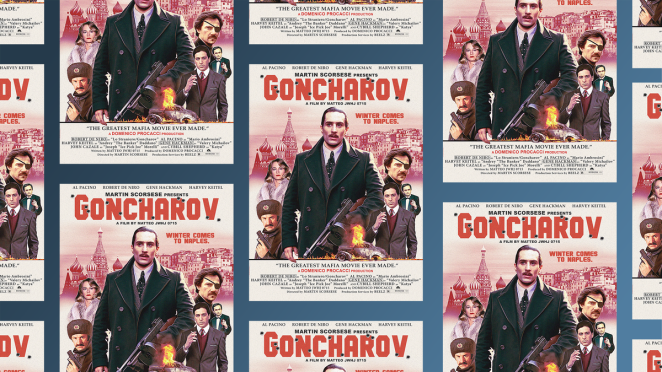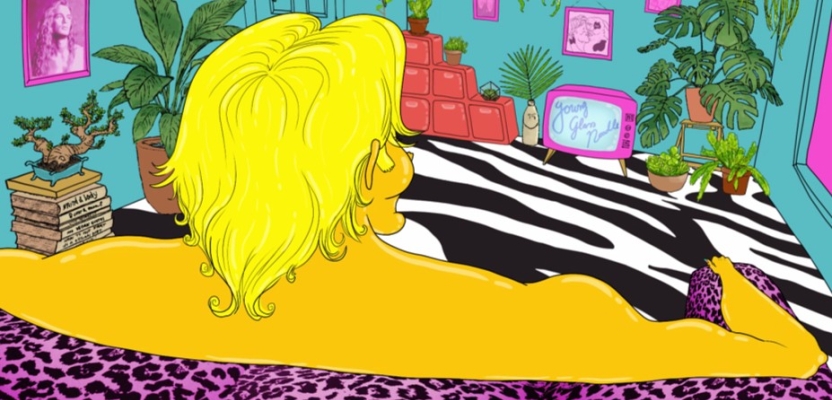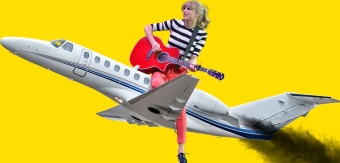Over the past year, it’s been hard not to notice some pretty spectacular and bizarre advertising-stunts - from Maybelline’s mascara brush on the front of tube trains to Jacquemus bags cruising the streets of Paris. The surge in AI experimentation, and the accessible and hugely capable tools it brings, means it has never been easier for brands to experiment with creativity and blur the lines between advertising and the absurd.
Mira Kopolovic - Global Director of Cultural Insights at We Are Social, believes that what we’ve seen recently is just the start. As social media and the internet become more commoditised, users - and brands - are breaking out of uniformity by channelling their rebellious spirit.
In this piece, Mira outlines what we can expect from brands in 2024 as they continue to embrace and evolve in this new era of absurdity. Because the question is no longer whether these stunts are right or wrong, but how brands do it effectively - without letting it become gimmicky - and dominate headlines in a positive way with their bizarre aesthetics and storytelling.

It would be absurd to say the internet wasn’t always absurd. None of the tens of millions of viewers of Charlie the Unicorn or Salad Fingers need that explained; no one who’s recalled the chaos of MySpace remembers a place of lawful order. But the internet’s absurdity has come in waves, oscillating between the background and foreground of the visible social web.
In recent times, the roguish and bizarre has again taken centre stage. At the turn of the year, we looked at the mainstreaming of surreality on the internet, and this thread has continued apace. If the impulse for weirdness was there, the tools for manifesting it have only gotten better, with generative AI in the hands of the everyman. Midjourney, the crowd favourite text-to-image AI generator, has even built in a feature that lets users amp up the ‘weirdness’ of any image it spits out, lest the unreal fail to be surreal.

Of late, this impulse for weirdness has become less innocent and more mischievous – especially when it comes in contact with bodies of power. Much of the internet’s more viral mischief is a roast of consumer culture or a dunk on corporations. A persuasive deepfake of Pope Francis in a Balenciaga puffer made us confront the fact that, in today’s world, consumerism might well be strong enough to defile the sacred. A spoof account for a pharma giant Eli Lilly – announcing that ‘insulin is now free’ and torpedoing share prices – showed how mischief is the go-to tool for vigilante justice.
This glee in wreaking a bit of friendly havoc tells us plenty about the cultural mood. As Taylor Lorenz and Matt Klein point out, it marks a backlash against a ‘sellout internet’, where creativity and community come second to cash. After all, inequality is rising (even a professor at Bimbo University can tell you that), so why should brands and individuals be allowed to sell out and cash in? Earlier this year, pop culture planned to #eattherich, then gave up, so pranking the rich seems to be the new mode of resistance.

Watching these moments, it’s hard to say if the net amount of mischief is greater than before, but platform culture is definitely changing the vantage point from which we witness it. In the era when Twitter was social media’s ‘town square’, major trolling events were very public, and manageably paced – users had a front row seat to chaotic behaviour unfurling. But on today’s fragmented and fast-paced internet, chaos comes fast, and out of left field. Niche communities, giddy from in-jokes and deep-fried memes, are hanging out behind the closed doors of specific –toks, Discords, and subreddits.
Manic energy burbles up at warp speed in one corner of the internet, hitting the news fully formed. Take August’s Zepotha episode – it took artist @emilyjeffri all of two days to mobilise a small army of TikTokers into gaslighting the world that a fictional horror movie (called ‘Zepotha’) existed. 48 hours and 5.1 million views later, the collective prank was sown. (Last year’s Goncharov, a similar fanfic stunt last year, bloomed much more slowly on Tumblr).

As our recent 2024 Think Forward report points out, the broad space of mischief – absurdity, hoaxes, the playful or mocking – is tricky enough for corporate entities to join in. The additional tone here, one of smirking hostility to brands, makes it even more delicate. And while the stakes of getting it wrong are high (ask any of the brands taxidermied on the walls of one of social media’s cringe museums), getting it right is the only way to passably count as someone who plays in culture, rather than pillages it.




